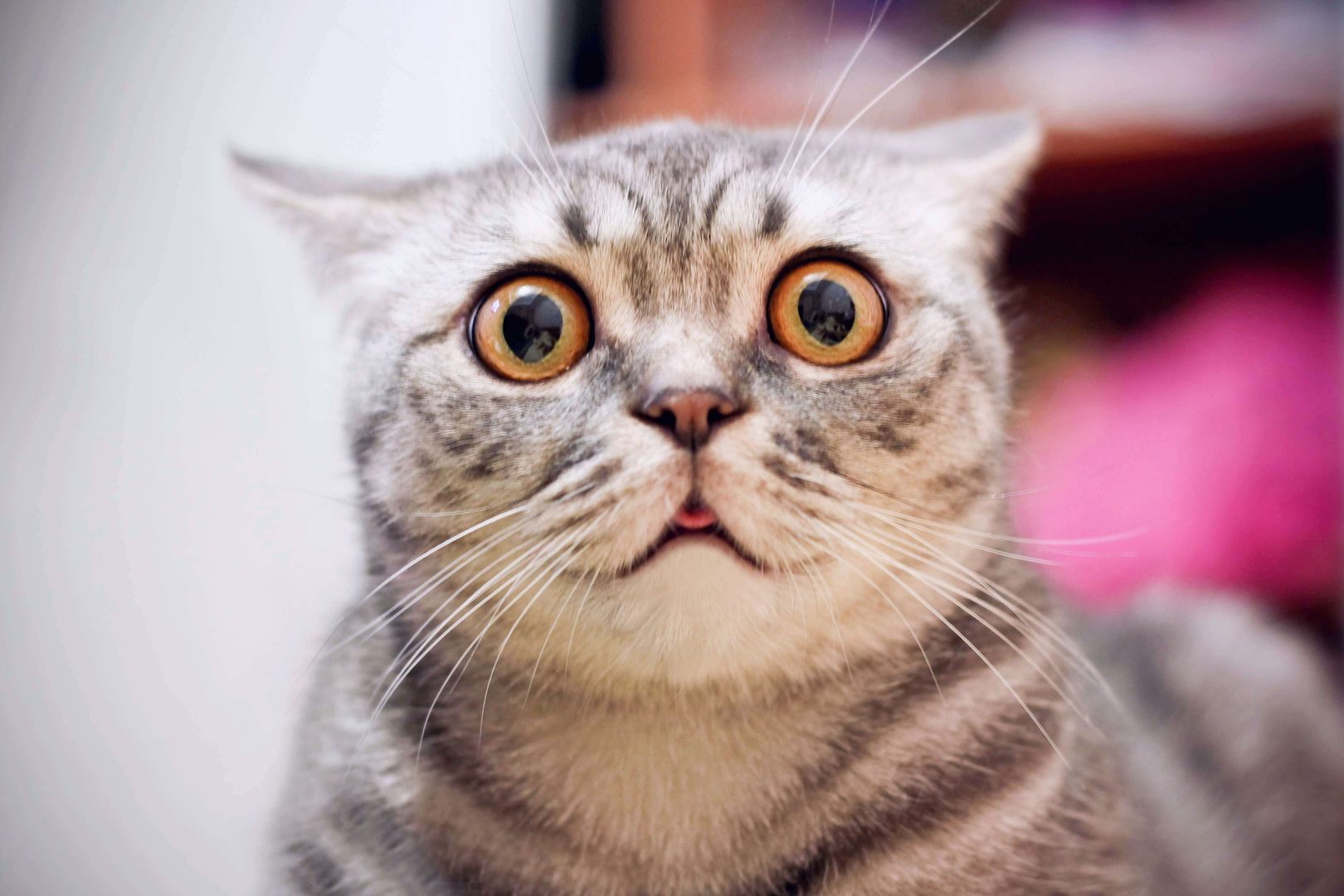3 surprising things you might not know about eyesight
Sight is one of the five senses that humans have, but how much do you really know about it?
Liberty Science Center's upcoming Family Weekend Series program, "Eyeglass Exploration," on Saturday, Dec. 15 is all about the science behind the human eye and the ways that glasses help near and far sighted people.
Join us and participate in the fun! The session is $25 per participant ($20 for LSC members) and runs from 10:00 am – 12:30 pm. Your price includes Science Center admission for the day!
Before the workshop, here's a sneak peek at 3 cool facts about eyesight that you might've not known:

1) Your eye is the fastest reacting muscle in your body.
That’s right – your eye is a muscle! Our blink typically lasts 100-150 milliseconds, hence the saying “in the blink of an eye.”
The muscles of your eye are constantly moving like they are right now reading this blog post. During the course of reading a book, for example, your eyes make nearly 10,000 coordinated movements.
With all that exercise, our eye muscles are subject to fatigue so it’s important to give them a break every now and then. Consider trying the 20-20-20 rule – for every 20 minutes spent looking at a computer, take a 20 second break, and focus on something at least 20 feet away.

2) You see things upside down...it's your BRAIN which turns the image the right way up!
We don’t mean to make your dizzy, but you are basically seeing everything upside down until your brain comes into play!
Light travels through the lens (a clear, disc-shaped structure in your eye) and eventually reaches your retina. The energy from the light then gets converted to an electrical impulse which moves through the optic nerve in the very back of your eyes moving toward your brain. Once in your brain, the images you see then become right-side up...and thank goodness that they do!

3) Much of visual impairment is caused by "refractive error."
Refractive errors are eye disorders caused by irregularities in the shape of our eyes. These slight differences might make our eyesight blurry or cause us difficulty in focusing on an image. Short-sightedness (the difficulty of seeing far away) is a common refractive error, as is long-sightedness (the difficulty of seeing close-up).
Prescription eyeglasses can assist with both conditions, helping make the focused light shorter or longer in order for it to better reach the photosensitive portions of the retina.
Learn more about the secrets of eyes and eyeglasses at our next Family Weekend Series program, "Eyeglass Exploration." To register your family, call us at 201-253-1310 or email us at sales@lsc.org. Click here to learn more about our Family Weekend Series programs.
